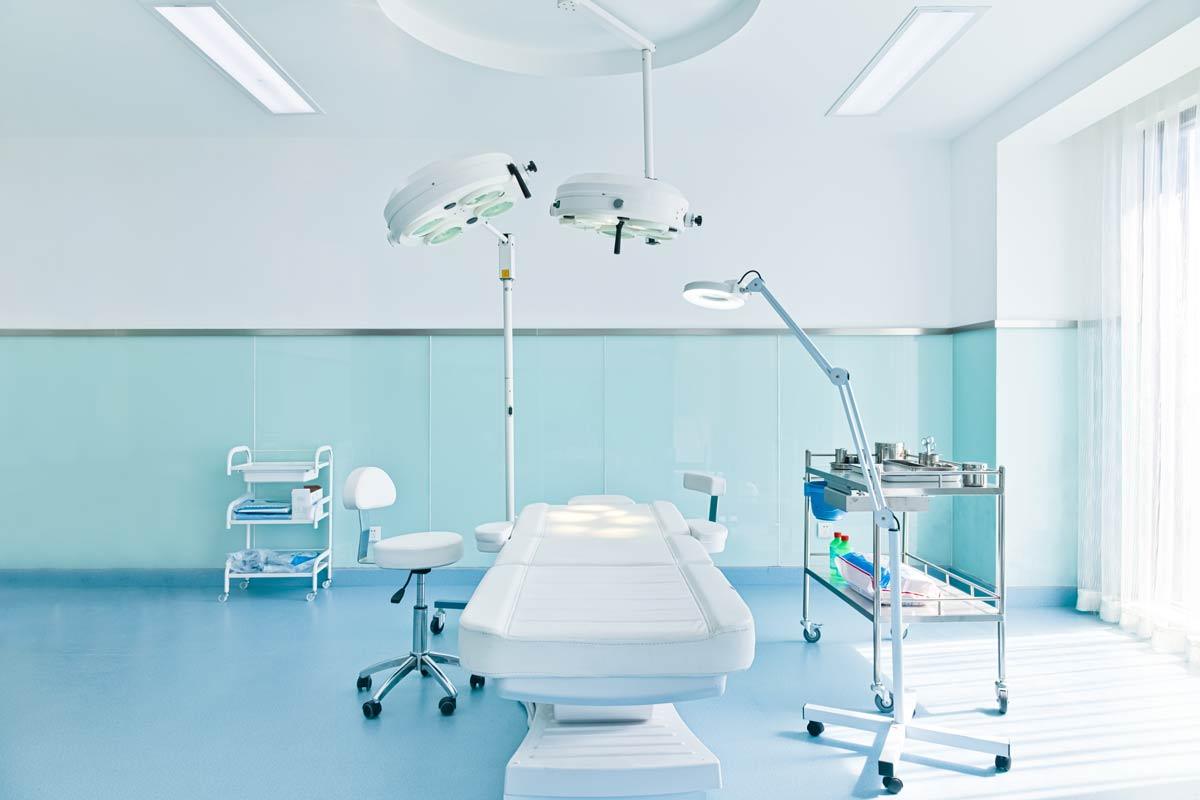
With the continued outmigration of ambulatory surgery from the OR and the increasing payor pressures to improve value, the hospital operating room, by necessity, is undergoing rapid change. Tracking same-room turnover time (TOT) has become Surgical Directions’ best indicator of a client’s overall efficiency and a teamwork-focused culture.
Historically, attempts to improve hospital turnover time are usually met with staff complaints of “inappropriate production pressure” and putting patients at avoidable “increased risk.”
Overcoming this traditional, entrenched resistance to improving TOT requires a diverse group of clinicians and support staff working collaboratively in an environment characterized by multiple, simultaneous, parallel processes.
Surgical Directions uses two definitions of TOT:
- Wheels-out to Wheels-in: This time is relatively easy to track and is, without exception, accurately entered into the EHR. This data collection should be limited to “same surgeon, same room” TOTs. i
- Dressing On (case end) to Next Case Start (cut) time: This definition is also referred to as surgeon “gloves-off time.” To be recorded accurately, the staff entering this data must be given clearly defined data point definition.ii
These 4 data points—dressing on, wheels-out, wheels-in, and case start times—allow in-depth analysis of TOT, highlighting potential areas for improvement and intervention.
Establishing Baseline and Reachable Goals. Using Surgical Directions’ data collection methodology, most of our clients have a baseline average “wheels-out to wheels-in” time between 30-40 minutes and a surgeons’ “gloves-off time” often exceeding 90 minutes.iii In our experience establishing a goal of an average TOT improvement of 20% (i.e., <30 minutes) is both reasonable and achievable.iv
Reaching Consensus on a Plan and Developing a TOT Team. Once baseline data has been obtained, the best approach is to convene a multidisciplinary Performance Improvement Team (PIT). Typically, this team would include a representative group of staff and clinicians.
Suggested Performance Improvement Team membership:
- PIT leader, this person should be chosen from front-line staff
- Nurse Manager(s)
- OR Nurse(s)
- OR Tech(s)
- Environmental service person(s)
- Pre-op RN
- Anesthesia (MD or CRNA)
Preferably, this PIT should initially meet weekly, review the baseline data, establish goals, and then begin breaking down current turnover processes, identifying each TOT component and responsible individual. This process should include developing a draft-detailed flow sheet, i.e., from the time the dressing is complete until the next case start (cut) time.
Once the new overall TOT process is designed, the team assigns activities to appropriate individuals, using choreographed parallel processes and stream-lined hand-offs.
Implementing and Tracking a “New” TOT System. Once the TOT PIT has reached consensus on system design, Surgical Directions suggests a piloted approach. Make sure the pilot starts with a surgeon, anesthesia and staff who are willing to participate in this effort.
After the bugs are identified and processes appropriately modified, the TOT improvement can start to be gradually rolled out to other specialties/surgeons.
Continuous tracking of this TOT data is essential and helps the team focus on reaching goals.
Conclusion. Although the process is relatively difficult to successfully implement, improving your overall and surgeon-specific turnover times will lead to an improved teamwork culture as well as staff and surgeon satisfaction and efficiency.



